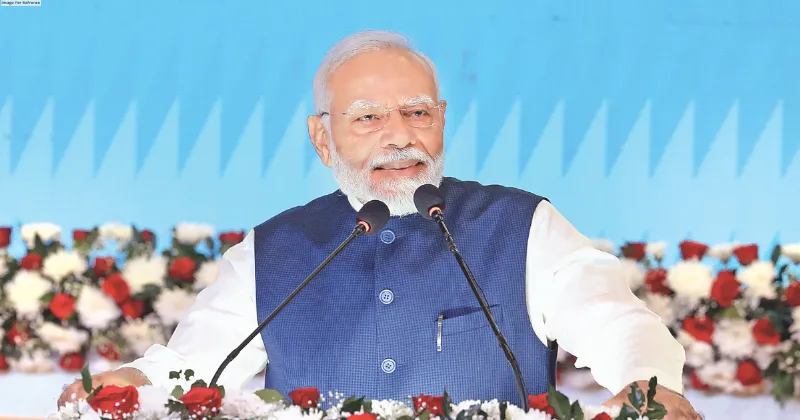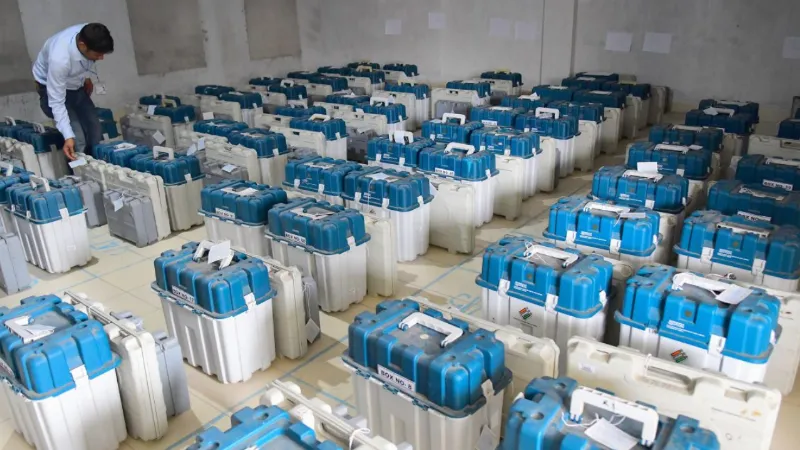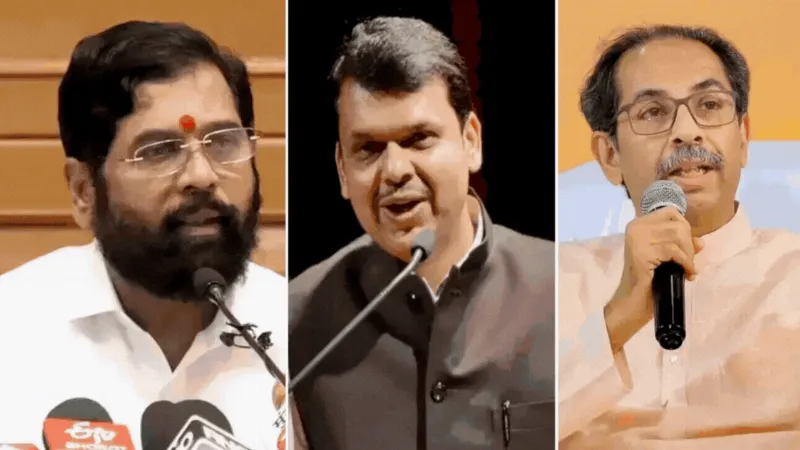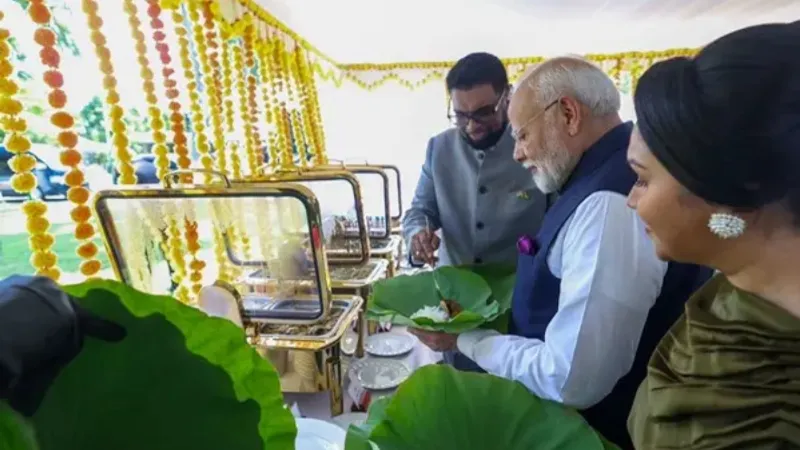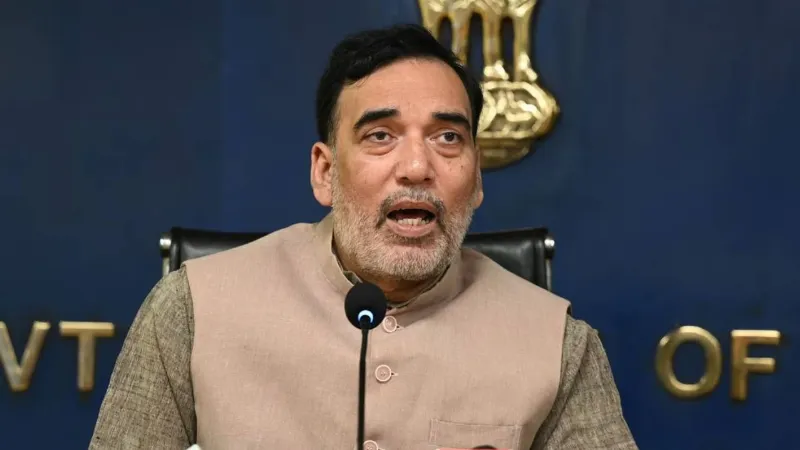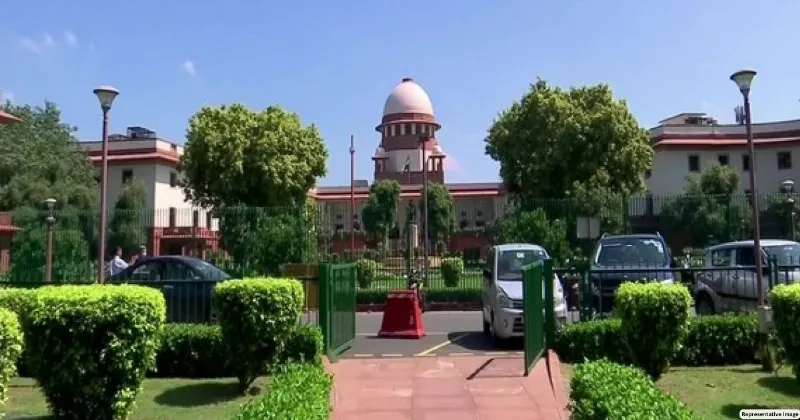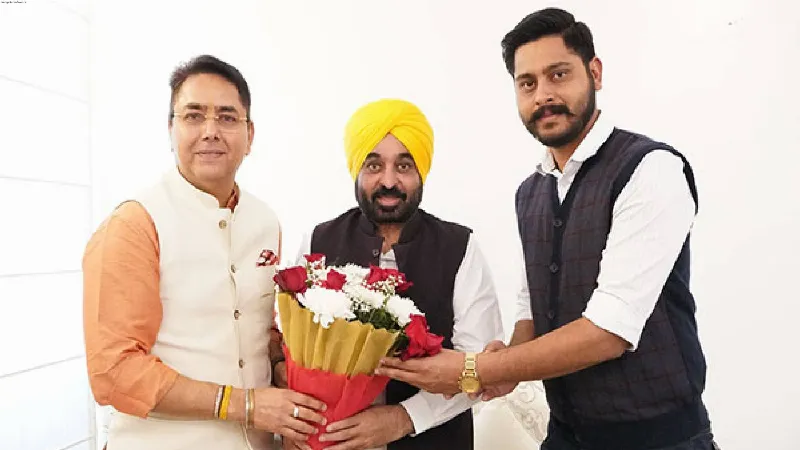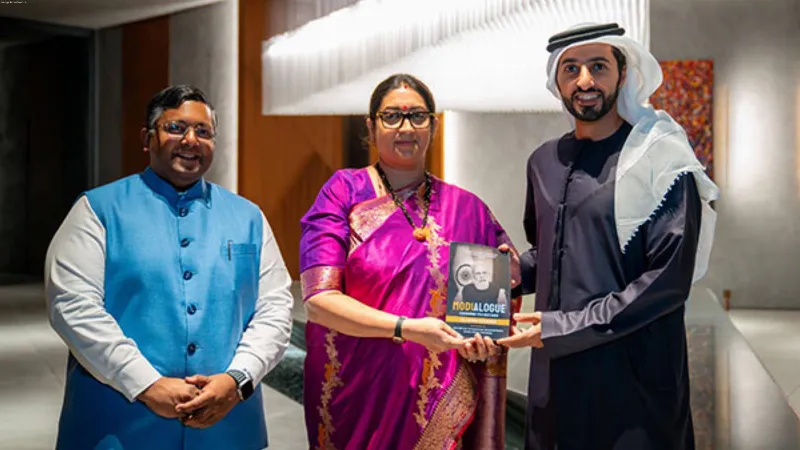INDIA’S ACT EAST POLICY CEMENTING INDIA-ASEAN RELATIONS
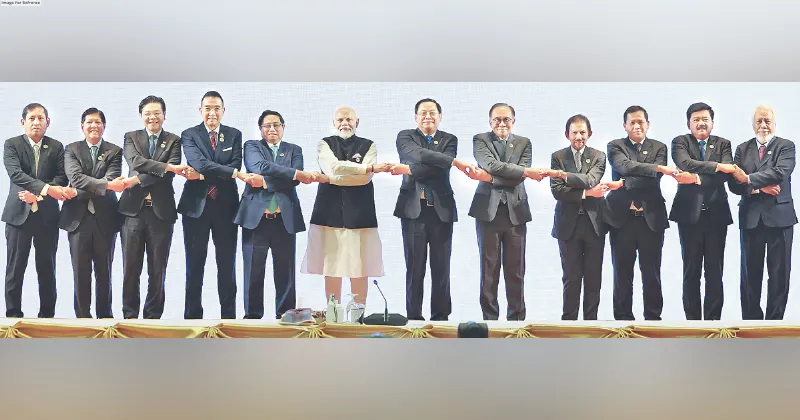
India’s ‘Look East Policy’ in 1990s marked the beginning of strong India-ASEAN relations which were further cemented by ‘Act East Policy’ in 2014. A decade later the 21st Summit held on 10 October 2024, in Vientiane, Lao PDR acknowledged India’s multidimensional relationship with ASEAN making it the most remarkable achievement of our foreign policy. The Summit chaired by H.E. Mr. Sonexay Siphandone, Prime Minister of the Lao People’s Democratic Republic was attended by all ASEAN Member States, Prime Ministers of Democratic Republic of Timor-Leste and India as observers and the Secretary-General of ASEAN. The events at Summit were clear indicators of India having emerged as ASEAN’s Hedging Bet against China. The Summit declaration clearly expressed satisfaction over the progress of ASEAN-India Comprehensive Strategic Partnership (CSP), encouraged ASEAN and India to further maximise efforts to advance the CSP that is meaningful, reaffirmed the importance of maintaining and promoting peace, security, stability, safety in the South China Sea and recognised the benefits of having the South China Sea as a sea of peace, stability and prosperity. This is where India being an important member of SCO and the QUAD emerges as hedging bet for ASEAN to counter Chinese interference in region.
As the Act East Policy (AEP) reaches its ten-year mark, reflecting on how this ambitious foreign policy initiative has evolved, what it has achieved, and how it can be enhanced is pertinent. Launched in 2014 as an upgraded version of the Look East Policy (LEP), the AEP sought to deepen India’s engagement with Southeast Asia and the Indo-Pacific region in the strategic, economic, and cultural domains. The transition from “looking” east to “acting” east signalled India’s intent to play a more active and strategic role in the region emphasising the four Cs: Culture, Connectivity, Commerce, and Capacity Building.
Strengthened diplomatic outreach and expansion in the geographical scope of India’s engagements are two of AEP’s most significant contributions in the past decade. These two aspects are firmly underpinned by a distinctive strategic dimension, contrasting with the earlier LEP, which was primarily economic in focus and aimed at integrating India into the fast-growing economies of Southeast Asia after the collapse of the Soviet Union. However, AEP under Prime Minister Narendra Modi took a broader approach, incorporating security cooperation, regional connectivity and institutional engagement with the ASEAN and other East Asian nations.
One of the major milestones in the 10 years of AEP has been elevating India’s relationship with ASEAN to a strategic partnership in defence, trade, and cultural exchange and India’s enhanced diplomatic visibility across the region as a response to the ambiguities surrounding China’s growing assertiveness in the region. Since 2015, bilateral trade has almost doubled and India’s exports and foreign direct investment from ASEAN have seen notable rise. India’s vision of the IndoPacific is underpinned by its commitment to maritime security, regional stability and augmenting its role as a net security provider. Another key success has been India’s formal entry into the broader Indo-Pacific discourse, where it emphasised a free, open, and inclusive region. This shift was about expanding India’s diplomatic reach and India’s IndoPacific outreach, closely linked with the AEP, is centred on maritime security cooperation.
India has enhanced its defence diplomacy through bilateral and multilateral frameworks, focusing on maritime security, counter-terrorism and defence capacity-building.
India has invested in regional connectivity through infrastructure projects, such as the IndiaMyanmar-Thailand Trilateral Highway, the Protocol on Inland Water Transit and Trade, the use of Chattogram and Mongla Ports of Bangladesh for movement of goods to and from India and so on.
Prime Minister Modi announced a 10-point plan to strengthen India-ASEAN comprehensive partnership and asserted that ties with the regional grouping were critical to guiding Asia’s future.
Review of the trade-in goods agreement to harness the greater economic potential of the partnership and more effective, userfriendly, simple, and tradefacilitative for businesses and relevant to the current global trading practices.
Synergise efforts with new energy, direction and momentum to the historic relationship between India and the ASEAN nations.
Strengthen trade ties, cultural linkages and cooperation in technology, connectivity and other such sectors.
The year 2025 is to be celebrated as the ASEANIndia Year of Tourism.
Scholarships at Nalanda University will be doubled and new grants for ASEAN students at Agricultural Universities in India will be catered for.
Knowledge and experience in the development, implementation, and governance of DPI (Digital Public Infrastructure) will be shared with all members of ASEAN and cooperation in the area of artificial intelligence will be further enhanced.
China is a key economic partner of ASEAN. Its trade with ASEAN is worth $1 trillion, making it the regional grouping’s largest trade partner in 2023. Despite the outsize trade account with China, ASEAN countries are looking for partners to counter its belligerence on the diplomatic and military fronts and they see India as a good hedging bet.
Prime Minister Modi also announced celebrating the decade of Act East Policy through several peoplecentric activities including Youth Summit, Start-up Festival, Hackathon, Music Festival, ASEAN-India Network of Think-Tanks and Delhi Dialogue, Organising the ASEAN-India Women Scientists Conclave under the ASEANIndia Science and Technology Development Fund, Providing $5 million to enhance disaster resilience, Initiating a regular mechanism of ASEAN-India Cyber Policy Dialogue towards strengthening digital and cyber resilience and organising a workshop on Green Hydrogen.
India and ASEAN are peace-loving nations, that respect each other’s national integrity and sovereignty which is in contrast with an aggressive China triggering tensions with its smaller neighbours. IndiaASEAN friendship, coordination dialogue and cooperation are very crucial at a time when several parts of the world are facing conflicts and tensions.
THE VIEWS EXPRESSED BY THE AUTHOR ARE PERSONAL
Col Rajesh Bhukar The writer is a Post Graduate in International Studies, Alumni of Defence Services Staff College, Wellington and College of Combat, Mhow [email protected]

